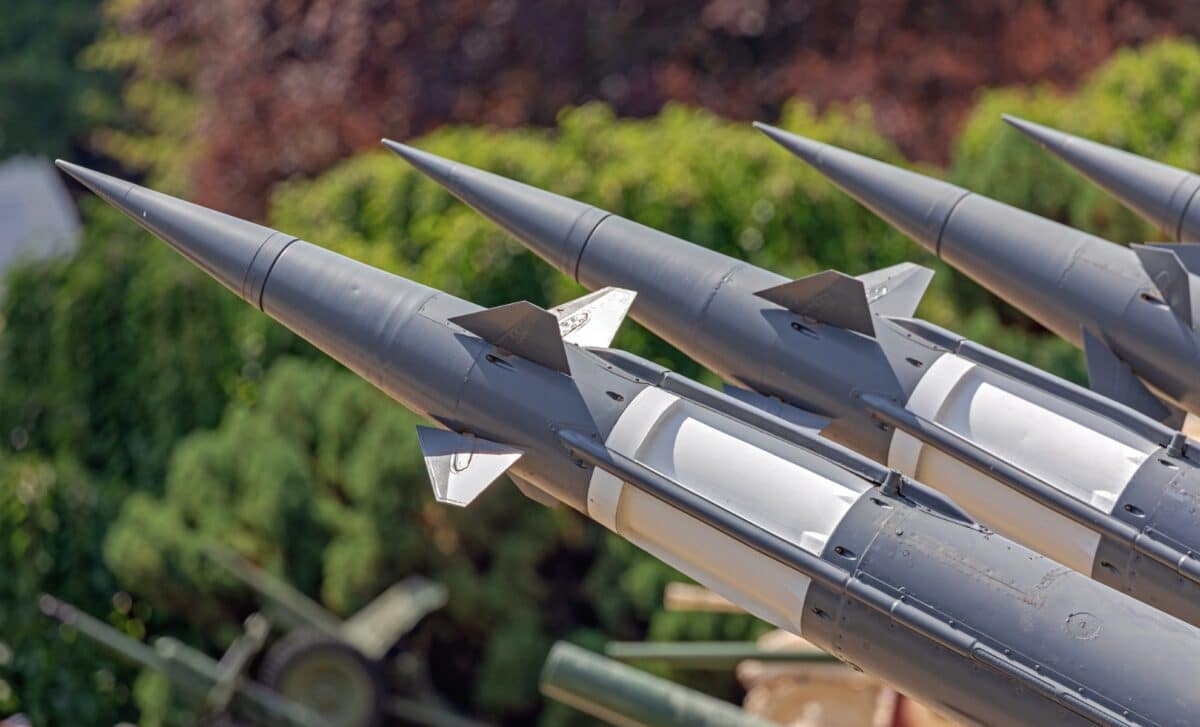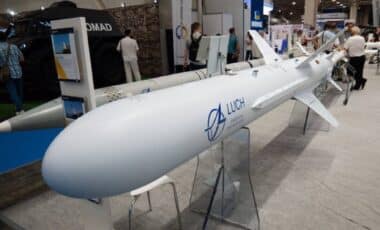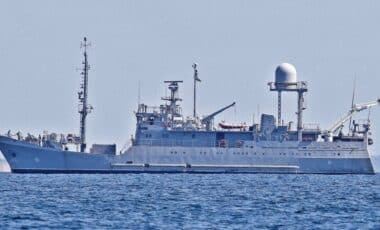On June 13, 2025, Israel launched Operation Rising Lion, a large-scale aerial offensive aimed at Iranian nuclear sites, military infrastructure, and command centers. This marked a significant escalation in the ongoing conflict between the two nations, with Israel targeting strategic facilities deep within Iranian territory, signaling a bold move in the Middle Eastern power dynamics.
The operation, which included high-tech stealth aircraft and drones, was designed to weaken Iran’s nuclear program and military capabilities. It also highlighted Israel’s determination to protect its security in the face of escalating tensions surrounding Iran’s nuclear ambitions and its regional influence, reports Armées.
Philippines Defies China’s Growing Power by Keeping US Missiles on Its Soil
Aerial Strikes and Advanced Weaponry
According to reports, Israel’s operation involved an array of advanced military technology, including the use of F-35 stealth fighters and modernized F-16s. These aircraft targeted key sites in Iran, such as Arak, Natanz, and Isfahan, with precision strikes aimed at neutralizing Iran’s nuclear capabilities. The aircraft were supported by drones designed for reconnaissance and combat, which provided real-time intelligence and enabled surgical strikes on mobile or concealed targets.
The choice of F-35s was particularly significant, as these stealth fighters are equipped to penetrate advanced air defenses, making them ideal for striking highly protected sites. In addition, the operation used precision-guided missiles, including the B-61 and Storm Shadow, alongside enhanced versions of Israel’s own Popeye missiles, allowing for minimal collateral damage while targeting sensitive infrastructure such as centrifuge facilities and underground bunkers.
Iran’s Retaliation and Asymmetrical Warfare
In response to the Israeli strikes, Iran launched a series of retaliatory actions, utilizing drones and ballistic missiles. According to several reports, Iran deployed over 100 Shahed-136 suicide drones, which were launched toward Israel, with some crossing into Jordanian airspace before being intercepted in the Dead Sea or over the Golan Heights. These drones, a key part of Iran’s asymmetrical warfare strategy, are designed to overwhelm and test the capabilities of missile defense systems.
Alongside the drone strikes, Iran also fired medium-range missiles, including the Fateh-110 and Zolfaghar, targeting peripheral regions in Syria and Jordan. While these missile strikes were not as intense as the initial airstrikes, they demonstrated Iran’s capability to strike across borders and send a message of retaliation, signaling the complexity of the regional military balance.
The Strategic Impact and Military Evolution
The escalation between Israel and Iran has brought into focus a shift in military strategies. According to analysts, Israel’s use of coordinated airstrikes and precision-guided weaponry reflects an evolution in military practices, particularly in terms of minimizing collateral damage while inflicting significant damage on critical infrastructure. The operation also demonstrated the importance of high-tech military tools, such as stealth aircraft and drones, in modern warfare.
On the other hand, Iran’s use of asymmetrical tactics, including drone strikes and missile launches, illustrates a different approach. Rather than engaging in direct confrontation, Iran continues to rely on unconventional methods to challenge Israel’s superiority, aiming to inflict operational costs and disrupt regional stability. The ongoing conflict between the two nations is a clear reflection of how military strategies are evolving in the Middle East, combining precision strikes with asymmetric responses in an increasingly complex environment.








